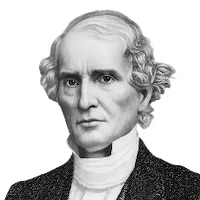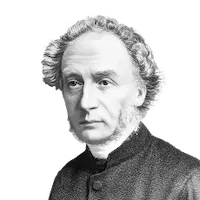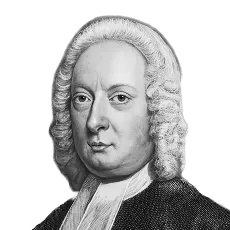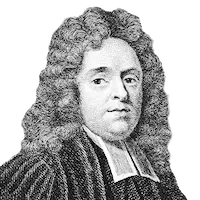Verse of the Day
Author Spotlight
Loading featured author...
Report Issue
See a formatting issue or error?
Let us know →
Verse Takeaways
1
The Invading Army Identified
Commentators agree that the vision of horsemen, donkeys, and camels symbolically represents the Medo-Persian army that would conquer Babylon. Scholars note that these specific animals were used in warfare by the Persians and their allies, making this a historically grounded prophecy. Some even suggest the riders represent the leaders, Cyrus and Darius.
See 3 Verse Takeaways
Book Overview
Isaiah
Author
Audience
Composition
Teaching Highlights
Outline
+ 5 more
See Overview
Commentaries
5

Albert Barnes
On Isaiah 21:7
18th Century
Theologian
And he saw a chariot with a couple of horsemen — This passage is very obscure due to the ambiguity of the word רכב rekeb —…

Charles Ellicott
On Isaiah 21:7
19th Century
Bishop
A chariot with a couple of horsemen. —Better, a troop, a couple. Both asses and camels were employed in the Persian army (Herod.,…

John Calvin
On Isaiah 21:7
16th Century
Theologian
And he saw a chariot. What he now adds contains a lively description of that defeat. Some think that it is told by the king’s messenger. T…
Go Ad-Free
Go ad-free and create your own bookmark library

John Gill
On Isaiah 21:7
17th Century
Pastor
And he saw a chariot [with] a couple of horsemen
The drivers of it, or the riders in it; perhaps meaning Cyrus and D…

Matthew Henry
On Isaiah 21:1–10
17th Century
Minister
Babylon was a flat country, abundantly watered. The destruction of Babylon, so often prophesied by Isaiah, was typical of the destruction of the gr…